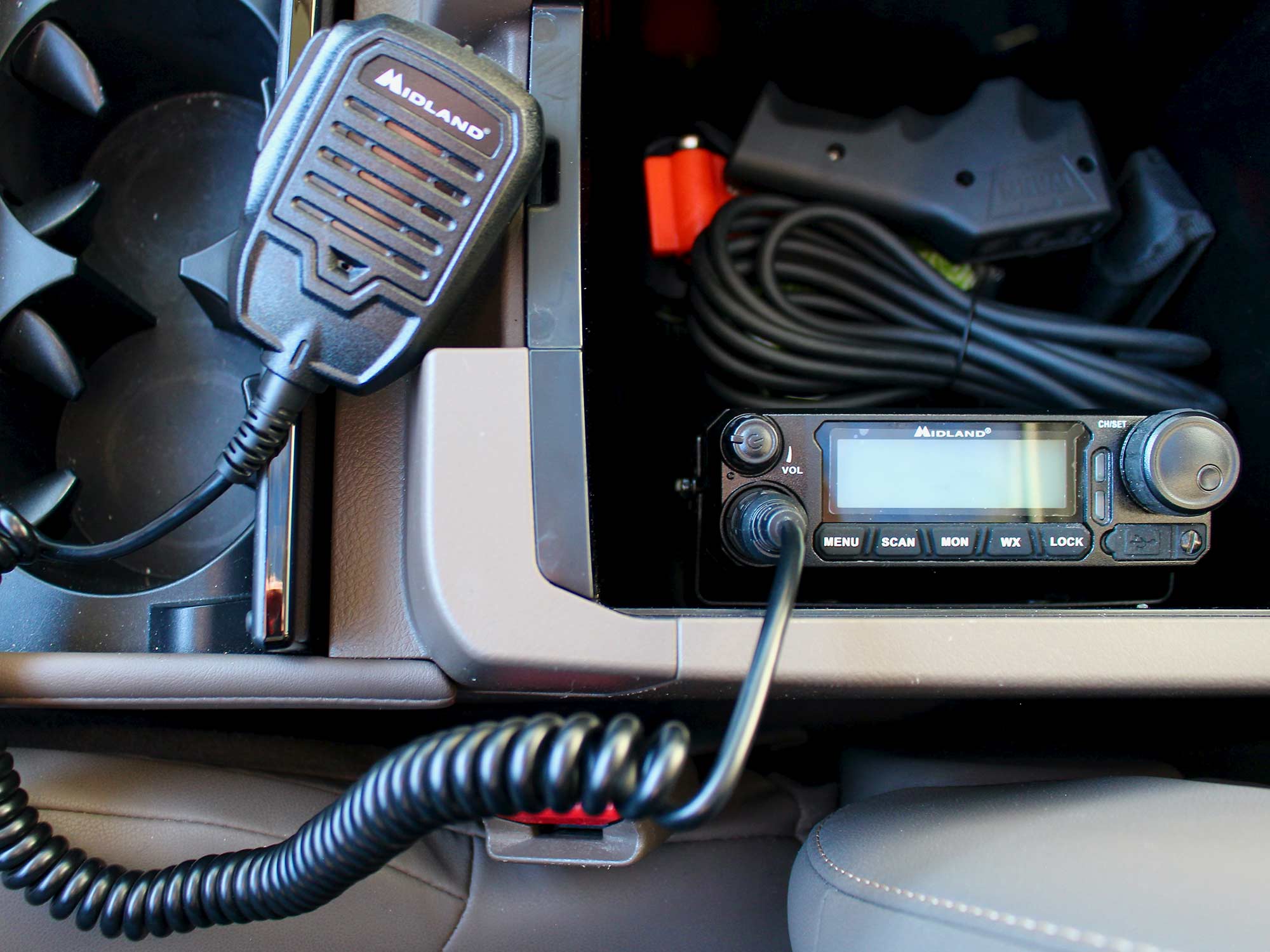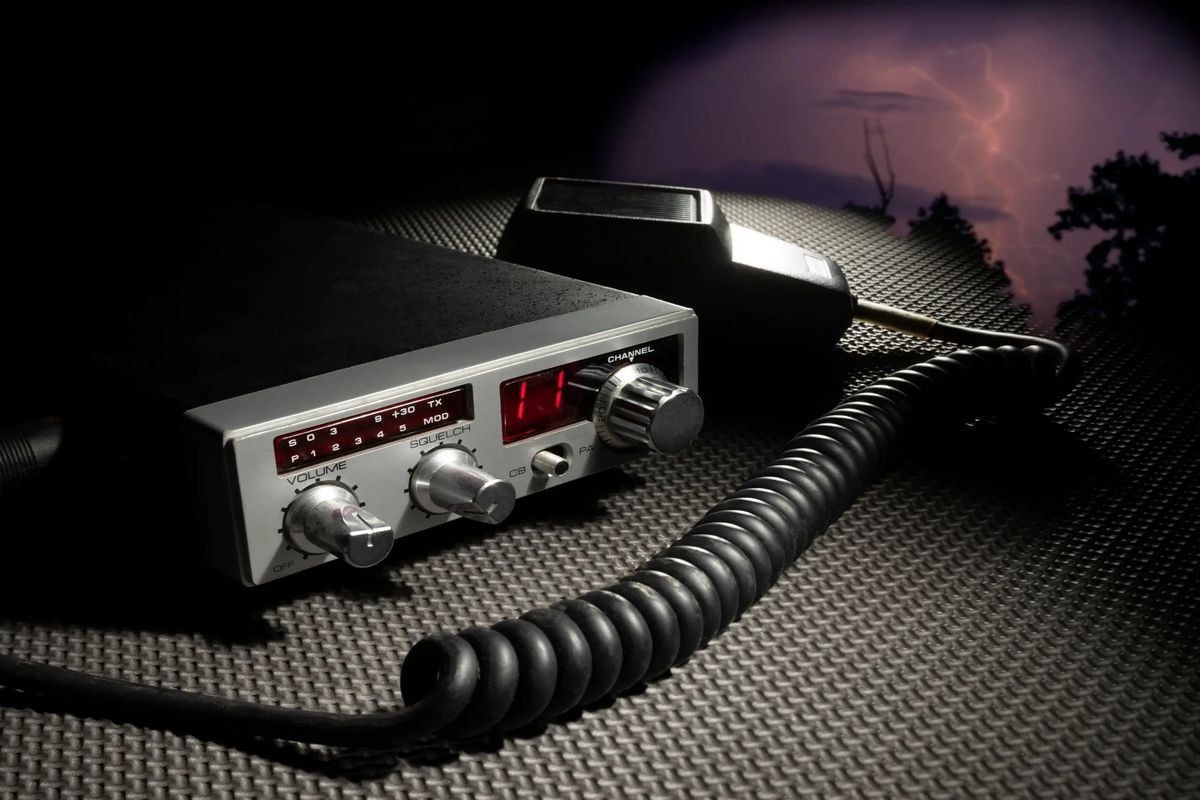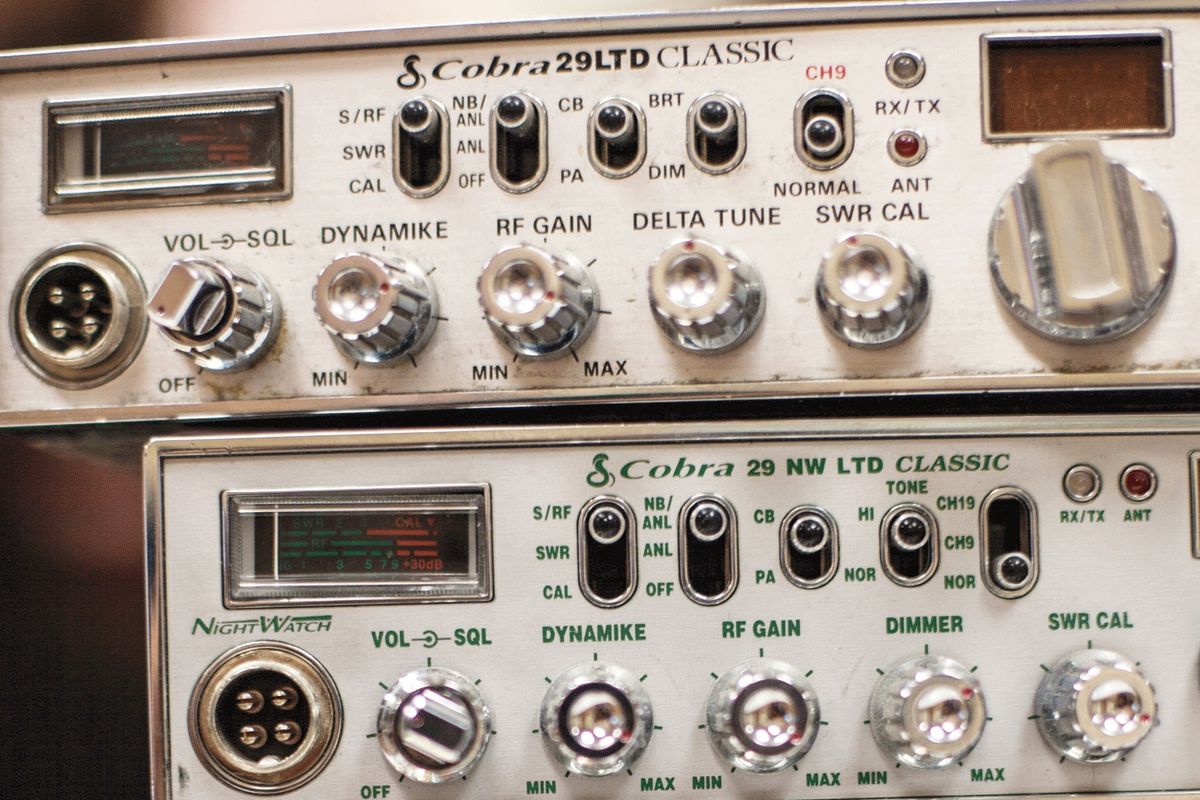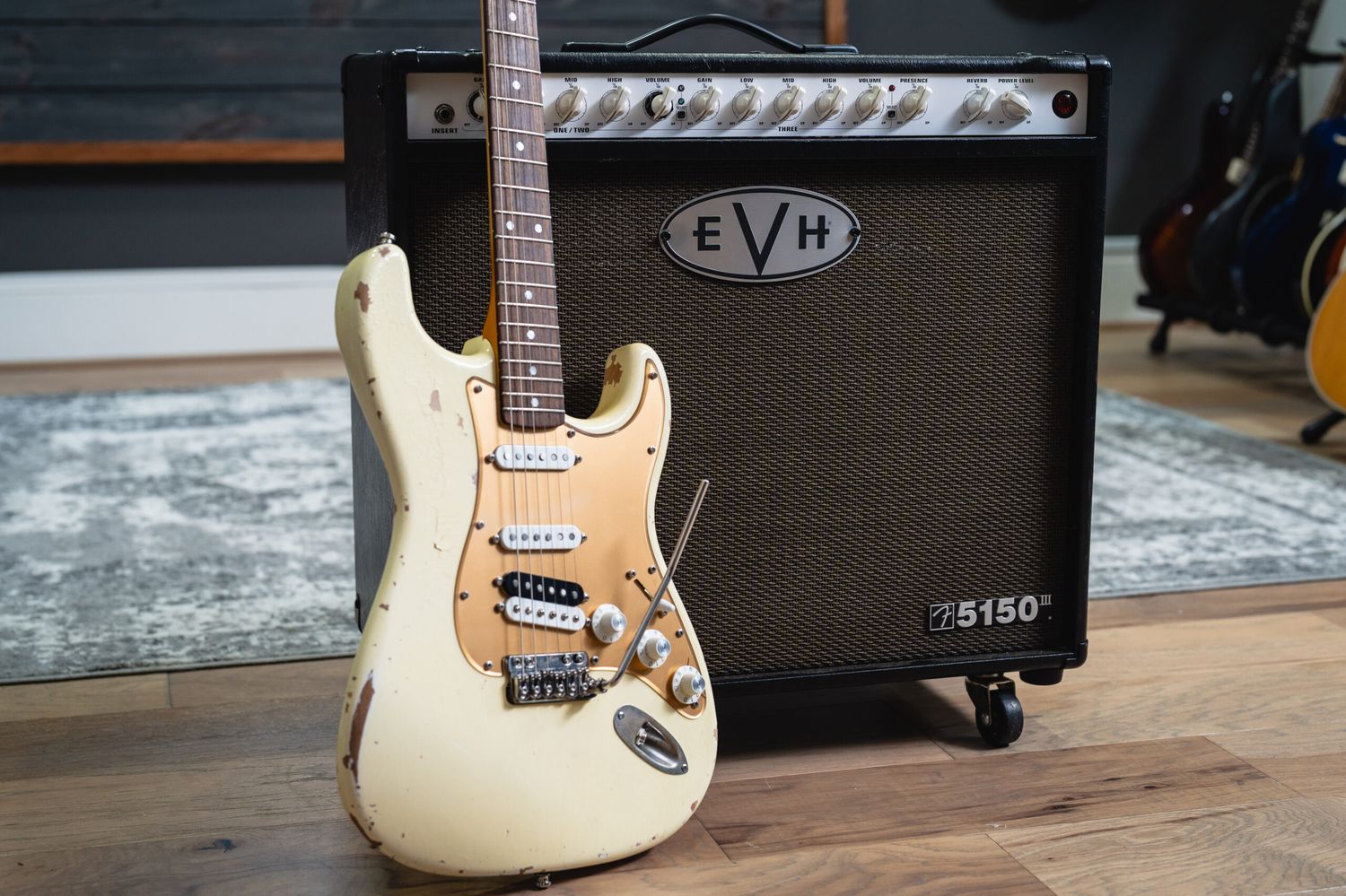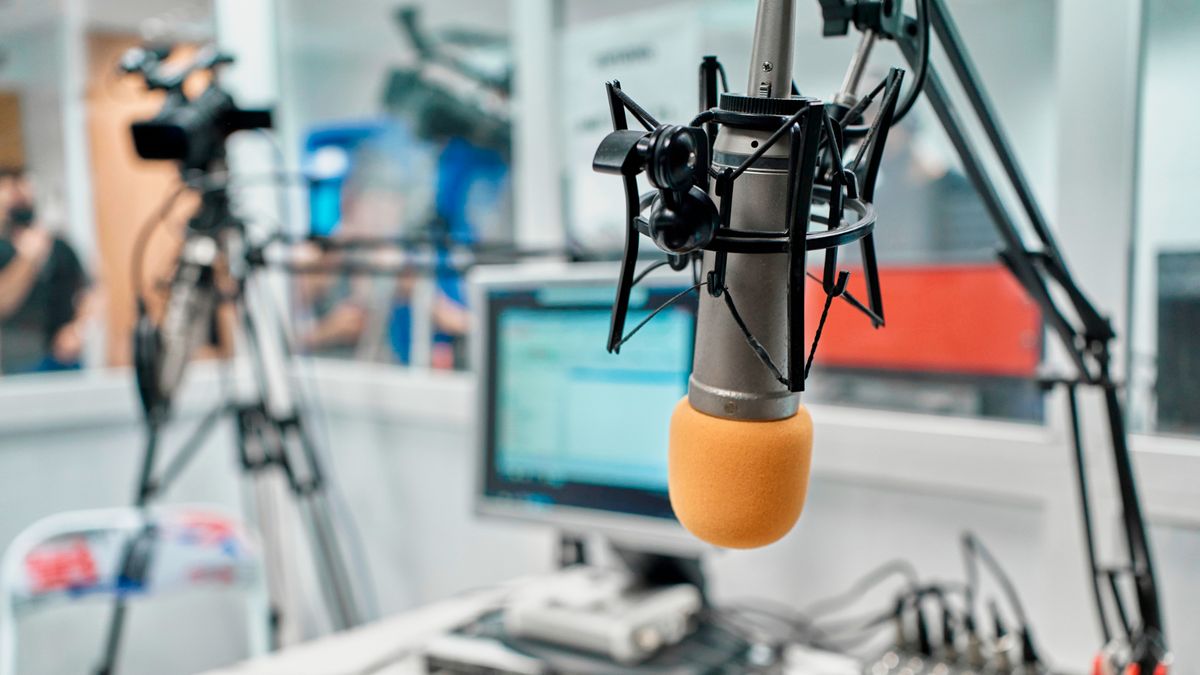Home>Devices & Equipment>Radio>What Does RF Gain Do On A CB Radio
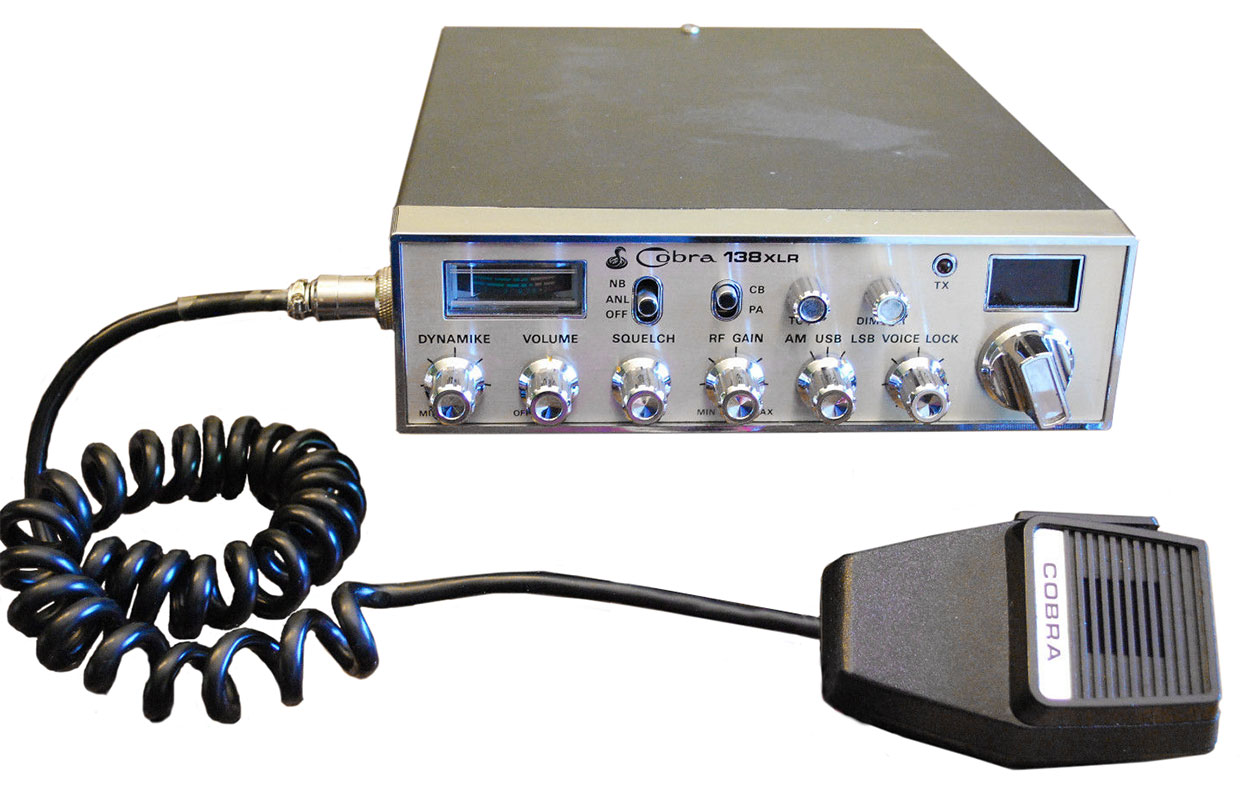

Radio
What Does RF Gain Do On A CB Radio
Modified: January 22, 2024
Learn how the RF gain setting on a CB radio affects signal quality and reception. Enhance your radio experience with this essential feature.
(Many of the links in this article redirect to a specific reviewed product. Your purchase of these products through affiliate links helps to generate commission for AudioLover.com, at no extra cost. Learn more)
Table of Contents
Introduction
Welcome to the fascinating world of CB radios! Whether you’re a trucker on the road, an outdoor enthusiast, or simply a radio enthusiast, CB radios have been a staple in communication for decades. These radios operate on Citizen Band frequencies, allowing individuals to have conversations with others within a certain range.
One important feature of CB radios is the RF gain control. If you’ve ever wondered what RF gain does on a CB radio, you’ve come to the right place. In this article, we will delve into the intricacies of RF gain and its significance in optimizing your radio experience.
RF gain, also known as Radio Frequency gain, is a feature found on most CB radios. It allows you to control the sensitivity of the receiver to incoming signals. With the ability to adjust the RF gain, you can fine-tune your radio to filter out unwanted noise and optimize the quality of received signals.
Understanding how RF gain works and knowing when and how to adjust it can greatly enhance your CB radio experience. So, let’s dive deeper into the world of RF gain and explore its importance in maximizing the performance of your CB radio.
Overview of CB Radios
CB radios, short for Citizens Band radios, have been a popular means of communication for decades. They operate on a specific set of frequencies allocated by the Federal Communications Commission (FCC) for public use. CB radios are widely used by truckers, boaters, outdoor enthusiasts, and even hobbyists.
One of the main attractions of CB radios is their long-range communication capabilities. Depending on various factors such as atmospheric conditions and antenna quality, CB radios can transmit and receive signals over distances ranging from a few miles to several dozen miles.
CB radios provide a unique platform for individuals to connect and communicate with each other. They offer a channelized system, with 40 designated channels (or frequencies) available for communication. These channels act as virtual meeting places where users can engage in conversations or listen to ongoing discussions.
While CB radios were initially popular for professional use in the trucking and transportation industry, they have evolved into a versatile communication tool for a wide range of applications. Outdoor enthusiasts use CB radios to keep in touch during camping trips or off-road adventures. They are also valuable in emergency situations, providing a reliable means of contact in remote areas where cell phone service may be lacking.
CB radios come in a variety of models and designs to suit different needs. There are handheld models for portability and convenience, as well as larger base station models with more advanced features. Some models even offer additional features such as weather alerts and built-in SWR meters for antenna tuning.
Overall, CB radios continue to play an important role in communication, offering a practical and reliable means of connecting with others over long distances. The next section will focus on the specific feature of CB radios known as RF gain.
Understanding RF Gain
RF gain, which stands for Radio Frequency gain, is a key feature found on most CB radios. It allows users to control the sensitivity of the receiver to incoming signals. In simpler terms, RF gain determines how strong or weak a received signal needs to be in order to be heard through the speaker or headphones.
The purpose of RF gain is to filter out unwanted noise and interference, while still maintaining clear and intelligible communication. When the RF gain is set too low, weak signals may become undetectable, resulting in missed conversations. On the other hand, if the RF gain is set too high, background noise and interference may become amplified, making it difficult to hear the desired signal.
RF gain works by adjusting the response of the radio’s amplifier to incoming signals. When the RF gain is increased, the radio becomes more sensitive, allowing it to pick up weaker signals. Conversely, when the RF gain is decreased, the radio becomes less sensitive, filtering out weaker signals and reducing background noise.
One of the advantages of RF gain is its ability to selectively adjust the sensitivity on receive only, without affecting the transmitting power of the radio. This means that even if you have increased the RF gain to amplify weak signals, it will not affect the strength of your transmitted signal to other individuals.
By properly adjusting the RF gain, you can strike a balance between filtering out unwanted noise and amplifying desired signals. This ensures that you can hear conversations clearly while minimizing the impact of extraneous sounds.
Now that we have a grasp on the significance of RF gain, let’s explore why this feature is important in maximizing the performance of your CB radio.
Importance of RF Gain
RF gain is a crucial feature on CB radios that directly impacts the quality and clarity of communication. The importance of RF gain lies in its ability to optimize the receiver’s sensitivity, filtering out unwanted noise and delivering clear signals to your ears.
One of the key benefits of RF gain is the ability to enhance the range of your CB radio. By adjusting the RF gain, you can amplify weaker signals, allowing you to communicate with individuals who are farther away. This is especially useful in situations where you need to reach out to others who may be located outside the typical range of your CB radio.
Additionally, RF gain helps to improve signal reception in areas with high levels of interference. CB radios can sometimes receive interference from nearby electrical devices, atmospheric conditions, or other radios transmitting on the same frequency. By adjusting the RF gain, you can effectively reduce the impact of this interference, ensuring that you receive clear and uninterrupted communication.
Another reason why RF gain is important is its role in optimizing audio quality. By fine-tuning the receiver sensitivity, you can eliminate background noise and other forms of distortion, resulting in a crisp and intelligible audio experience. This is particularly beneficial when conversing with others in noisy environments or when using a CB radio during outdoor activities.
Furthermore, RF gain allows you to improve overall radio performance by minimizing the strain on the radio’s amplifier. When set correctly, the RF gain ensures that the amplifier is not unnecessarily amplifying weak signals or excessive background noise. This can help prolong the life of your CB radio and reduce the chances of distortion or damage to the audio circuitry.
Lastly, RF gain provides flexibility and control over your radio experience. By adjusting the RF gain to your desired level, you can customize the sensitivity of your CB radio to your specific needs and preferences. This level of control allows you to fine-tune your communication experience, enhancing the overall enjoyment and effectiveness of using a CB radio.
Overall, the importance of RF gain cannot be overstated. It plays a vital role in optimizing the performance of your CB radio by improving range, reducing interference, enhancing audio quality, protecting the radio’s components, and offering customization options. Now that we understand the significance of RF gain, let’s delve into how it actually works.
How RF Gain Works
To understand how RF gain works, it’s essential to have a basic understanding of the internal components of a CB radio. At a high level, a CB radio consists of an antenna for transmitting and receiving signals, a receiver circuitry that processes incoming signals, and an audio amplifier that delivers the sound to your speaker or headphones.
When a signal is received by the CB radio’s antenna, it is passed through a series of stages to amplify and filter the signal before it reaches the audio amplifier. The RF gain control is part of this signal processing chain.
The RF gain control adjusts the gain of the receiver circuitry, specifically the RF amplifier stage. This stage is responsible for boosting the strength of the incoming signal to a level that can be effectively processed by the audio amplifier.
When the RF gain control is set to a higher level, the RF amplifier stage amplifies both weak and strong signals, allowing for better reception of weaker signals. This is especially useful in low signal environments or when communicating with individuals who are far away.
Conversely, when the RF gain control is set to a lower level, the RF amplifier stage reduces the amplification of weak signals, resulting in a higher threshold for receiving signals. This can help filter out background noise and interference, improving the overall audio quality.
It’s important to note that adjusting the RF gain control does not affect the transmitting power of the CB radio. The RF gain control only impacts the sensitivity of the receiver circuitry, allowing for customized reception of incoming signals without affecting the strength of your transmitted signal.
Modern CB radios often have a knob or button dedicated to the RF gain control. By rotating the knob or pressing the button, you can adjust the level of gain according to your preferences and the current conditions.
Understanding how RF gain works enables you to optimize the performance of your CB radio in various scenarios. By adjusting the RF gain control appropriately, you can enhance signal reception, reduce interference, improve audio quality, and have more control over your radio experience.
Now that we have explored how RF gain works, let’s move on to the practical aspect of adjusting RF gain on a CB radio.
Adjusting RF Gain on a CB Radio
Adjusting the RF gain on a CB radio is a straightforward process that can significantly impact your radio’s performance. By fine-tuning the RF gain, you can optimize signal reception, improve audio quality, and reduce interference. Here’s a step-by-step guide on how to adjust RF gain on a CB radio:
- Locate the RF gain control: Most CB radios have a dedicated knob or button for adjusting the RF gain. It is typically labeled as “RF Gain” or “RF GAIN.” Look for this control on the front panel or side of your radio.
- Start in the middle position: If you’re unsure where to begin, set the RF gain control to the middle position. This provides a moderate level of sensitivity, giving you a good starting point to make further adjustments.
- Monitor the incoming signals: Tune your CB radio to a channel where you typically receive incoming signals. Listen closely to the audio output and make note of the signal strength and any background noise or interference.
- Adjust the RF gain control: Rotate the RF gain knob or press the RF gain button to increase or decrease the sensitivity of the receiver. Pay attention to the impact on the received signals. Increasing the RF gain amplifies weaker signals but may also enhance background noise. Decreasing the RF gain reduces background noise but may filter out weaker signals.
- Find the sweet spot: Continuously adjust the RF gain control while monitoring the received signals until you find the optimal balance between signal strength and background noise. This will vary depending on the current conditions and your personal preferences.
- Test in different scenarios: Once you have set the RF gain to your desired level, test it in various scenarios. Try it in low signal areas, noisy environments, or when communicating with distant stations. This will help you refine your RF gain settings for different situations.
Remember, adjusting the RF gain is a personal preference, and there is no “one size fits all” setting. Experiment with different levels of RF gain to find what works best for your specific needs and environment.
It’s also worth noting that RF gain adjustments may need to be made periodically based on changing conditions. Atmospheric conditions, antenna adjustments, and nearby interference can all impact signal reception, so don’t hesitate to readjust the RF gain if necessary.
By mastering the art of adjusting RF gain on your CB radio, you can optimize its performance, ensuring clear communication and an enjoyable radio experience.
Now that we have covered how to adjust RF gain, let’s summarize all the information we have explored so far.
Conclusion
RF gain is a critical feature on CB radios that allows users to control the sensitivity of the receiver to incoming signals. By adjusting the RF gain, you can optimize signal reception, enhance audio quality, reduce interference, and customize your radio experience. Understanding the importance and functionality of RF gain is key to maximizing the performance of your CB radio.
CB radios serve as a reliable mode of communication for a variety of users, including truckers, outdoor enthusiasts, and hobbyists. They provide a means to connect with others over long distances, offering a designated set of frequencies for communication.
RF gain plays a crucial role in filtering out unwanted noise and amplifying desired signals. By adjusting the sensitivity of the receiver circuitry, you can improve signal reception, especially in low signal environments or when communicating with individuals who are located far away.
Furthermore, RF gain helps to reduce interference and background noise, resulting in clearer and more intelligible audio quality. This is particularly beneficial in noisy environments or when using the CB radio for outdoor activities.
Adjusting the RF gain on a CB radio is a straightforward process. By finding the right balance between signal strength and background noise, you can optimize the performance of your radio. Continuously monitor and fine-tune the RF gain based on current conditions and personal preferences.
Overall, RF gain is a valuable tool for enhancing the range, audio quality, and overall radio experience on your CB radio. By understanding and utilizing the RF gain feature effectively, you can make the most out of your CB radio communication and enjoy clear and uninterrupted conversations.
So, the next time you tune in to your CB radio, remember the importance of RF gain and take advantage of this feature to optimize your radio experience.

